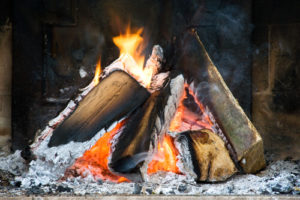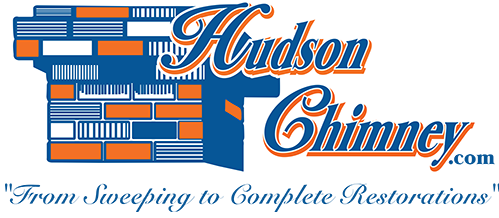How to Remove Ashes from Your Fireplace Safely
Every day that you burn wood in your fireplace, you are creating ash. Over the course of an entire winter, you may have to remove ashes from your fireplace countless times. It’s a headache, but it’s necessary. Leaving them in the firebox can crowd your fire, make it difficult to light and maintain, and even cause wood and hot ashes to fall out of the fire! Don’t risk it, remove the ashes regularly, and remove them safely.
Use Appropriate Tools
You can find fireplace accessories at a home improvement store. Make sure they work for you, because not everyone is the same. Be sure the shovel is long enough that your face and hands are away from the hot fire. Homeowners who have asthma or chronic respiratory illnesses may choose to wear a face mask while cleaning ashes from the fireplace. Make sure that your clothes are not loose and that hair does not drop close to the fire. It is best to remove ashes when the fire is out or very low. Removing red hot coals is dangerous, even if you have an appropriate metal bucket to store ashes in. Scoop the ashes into your metal bucket, and carry them outside to cool at least 5 feet from your house. If you save ashes for various uses, you may have a metal trashcan with a lid to dump them into. Keep this container away from flammables.
Reasons to Save Your Ashes
Your ashes are going to continue to build up throughout burning season, with you removing them regularly. Leave ¼ inch each time in order to insulate the bottom of the firebox. The rest can be useful for many purposes.
Cleaners: Add water to a small amount of ashes and polish silver, doorknobs, and chrome. Larger amounts mixed with water can clean stoves, ovens, and pots and pans.
Deodorizer: Dust a handful of cool, dry ashes into your pet’s fur to neutralize odors and deter mites and ticks.
For the Garage: Toss ashes onto slick sidewalks and driveways to prevent slips and falls. Pour onto oil spills on the driveway and in the garage.
For the Garden: Sprinkle ashes over soil to change the alkaline levels for certain plants to thrive. Putting along the edge and in between rows also deter bugs and slugs.
Get Creative: You can use your ashes to make lye, which you can use to make homemade soap products.
If you think your fire is producing too much ash, there may be a reason. Avoid extra ashes by building the best fire possible.
Have you been avoiding your ashes, only emptying it when it’s absolutely necessary? Like so many other things, a routine will help you stay on top of the problem. Have your chimney system swept regularly to in addition to emptying the ash so that the flue will be clear of soot, creosote, and debris as well. Even if you use an ash dump for your ashes, it should be cleaned out regularly by a professional. You really can’t go wrong with professional services. Call the chimney and fireplace experts to learn more about your fireplace and chimney system, and for valuable services that keep it working for you.
Call Hudson Chimney at 904-282-4159 today.

